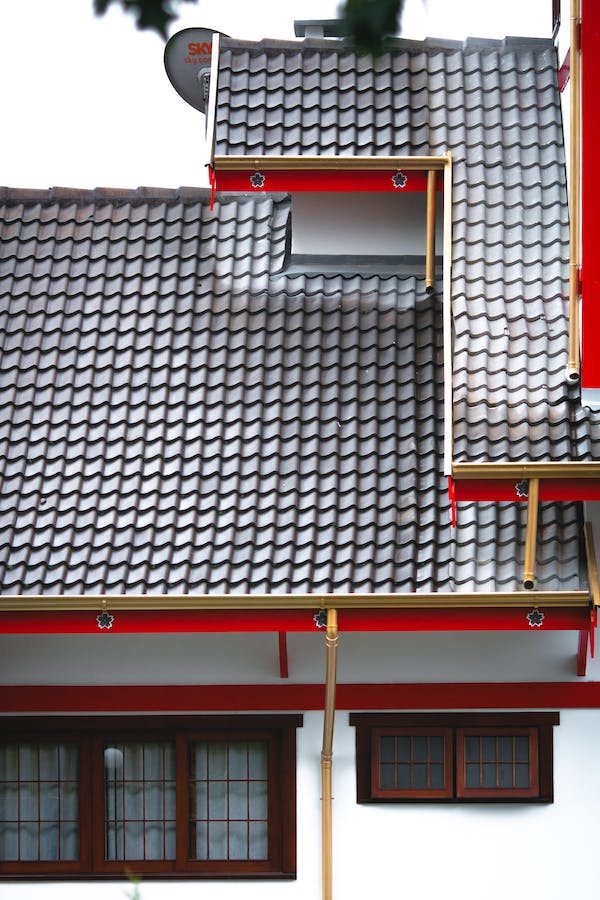Leaks can lead to some of the most uncomfortable situations in any home. First, you will be at the mercy of the weather. In case it rains, you may need to set up buckets to hold the water. When it is hot, the accumulated cold water on the roof may mess with your Air conditioner, leading to you using more power than required to heat the room. And as Beck Roofing & Restoration out of Houston will tell you, with leaks, it does not matter how often you dry the house; it will stay damp.
A moist environment is the perfect hub for disease and insect-carrying disease to flourish. And this is before we mention that a wet environment can also lead to rot to some of your house appliances or equipment failure for electric devices. As you can see, the safest bet is to seal the leaks. But before you do this, it is essential to know the causes of roof leaks.
1. Flashing Damage
Flashing are thin metallic stripes usually installed under the roof shingles. The worst part about roof leaks from flashing damage is, it is hard to notice. Usually, only professionals will be able to detect the damage. Flashing is done to make the roof waterproof. But ironically, it is one of the biggest causes of roof leaks if damaged or not installed correctly.
The thin metallic stripes are often covered in tar to make the roof waterproof. However, the weather is the biggest destroyer of flashing tar. Over time the tar may melt away from the sun’s heat or be carried away by rainwater. Once this occurs, the best solution replaces the flashing if it has rust. Most importantly, reapply the tar to make the roof waterproof.
2. Broken Shingles
Unlike Flashing damage, broken shingles can be easily noticed. This is because they are the topmost part of the roof. You can detect this damage by looking at the shingle pattern on your roof. The shingles are often arranged in a very particular way. Any slight change in this arrangement can be noticed. You may also notice a different color on some shingles. This may be due to water accumulation or that part of the roof.
While other times the color change may be brought about by the shift in the shingles’ pattern. In both cases, the result may be due to broken shingles. Again the weather is the biggest culprit for damaged shingles. While controlling the weather is impossible, maintaining your roof by replacing the shingles is not. Get a professional who understands the type of shingles used on the rest of the roof so that they can get an exact much. If you change the shingles type for only one section of the roof, the leaking may increase.
3. The Valley May Not Be Sealed Properly
The valley is the part where the different roof planes meet. In most cases, there is a slant or slope on the valley. As a result, water, debris, or snow can quickly accumulate and sip into your house. The valley is often reinforced with cement and other elements to make it nonporous. However, with time even the reinforcement may give in. The most significant cause of roof valley damage is water during the snow season.
When the water logs on the valley slope during cold temperatures, the water may freeze. When water freezes, it expands, taking up more space. The space created allows more water to be collected on the slope. The water then freezes and expands even further. This process continues until there is noticeable roof damage and water may sip inside the hose. In most cases with roof valley damage, the best solution is to call a roof maintenance company to handle the problem. The repair needs intricate detail to ensure the valley is repaired without damaging the flashing or the shingles.
4. Gutter Clogging
Gutter clogging is one of the most obvious things you can spot on your roof, but also the most damaging. Gutter clogging also makes your house look undesirable if it does nothing else to your roof. The clogging increases the pressure on the roof, which may result in shingles or flashing damage. This, in turn, may cause leaking. The clogging may also lead to more stagnant roof water. Through other environmental factors, the water may then damage the shingles and leak in your house.
5. Cracked Chimney
The chimney is often connected to the roof by mortar, a mixture of cement, sand, and water. This substance is heavy and durable. But since the connection is on a joint, it can be easily damaged. If you notice leaking close to your chimney, then this leak may be caused by the roof and the chimney’s connection. The best solution is to replace the entire mortar sealing the chimney and the roof. Just replacing a section of the mortar may leave air spaces that can be filled with water leading to the same problem.

